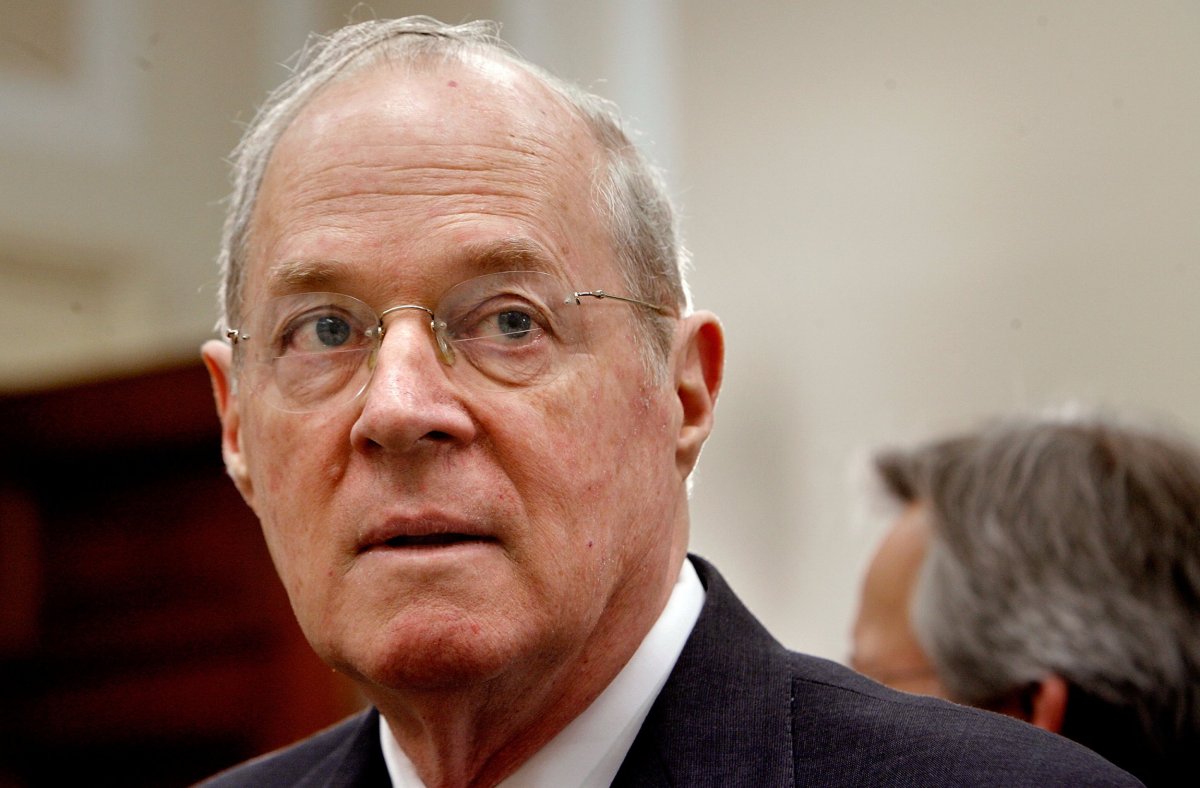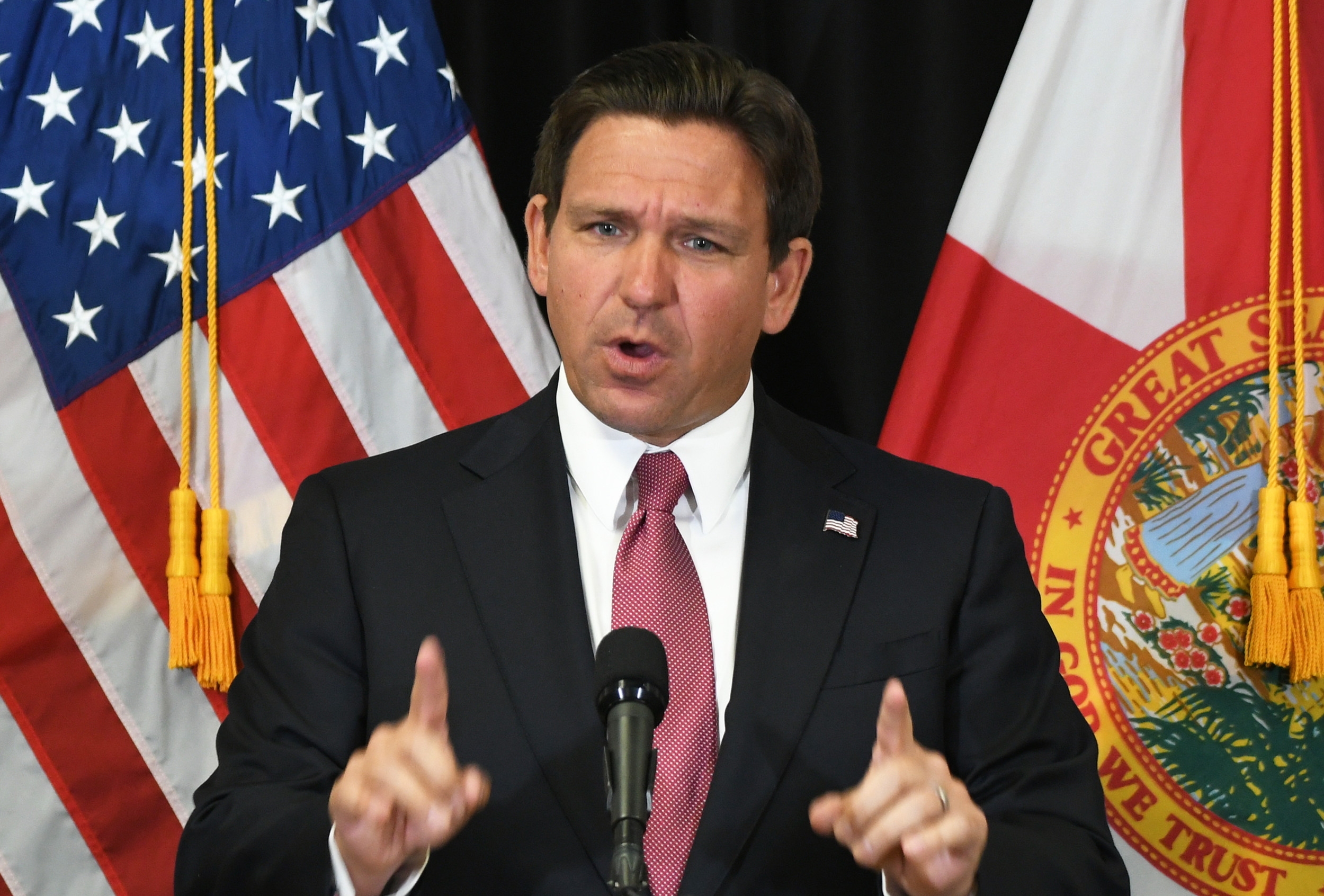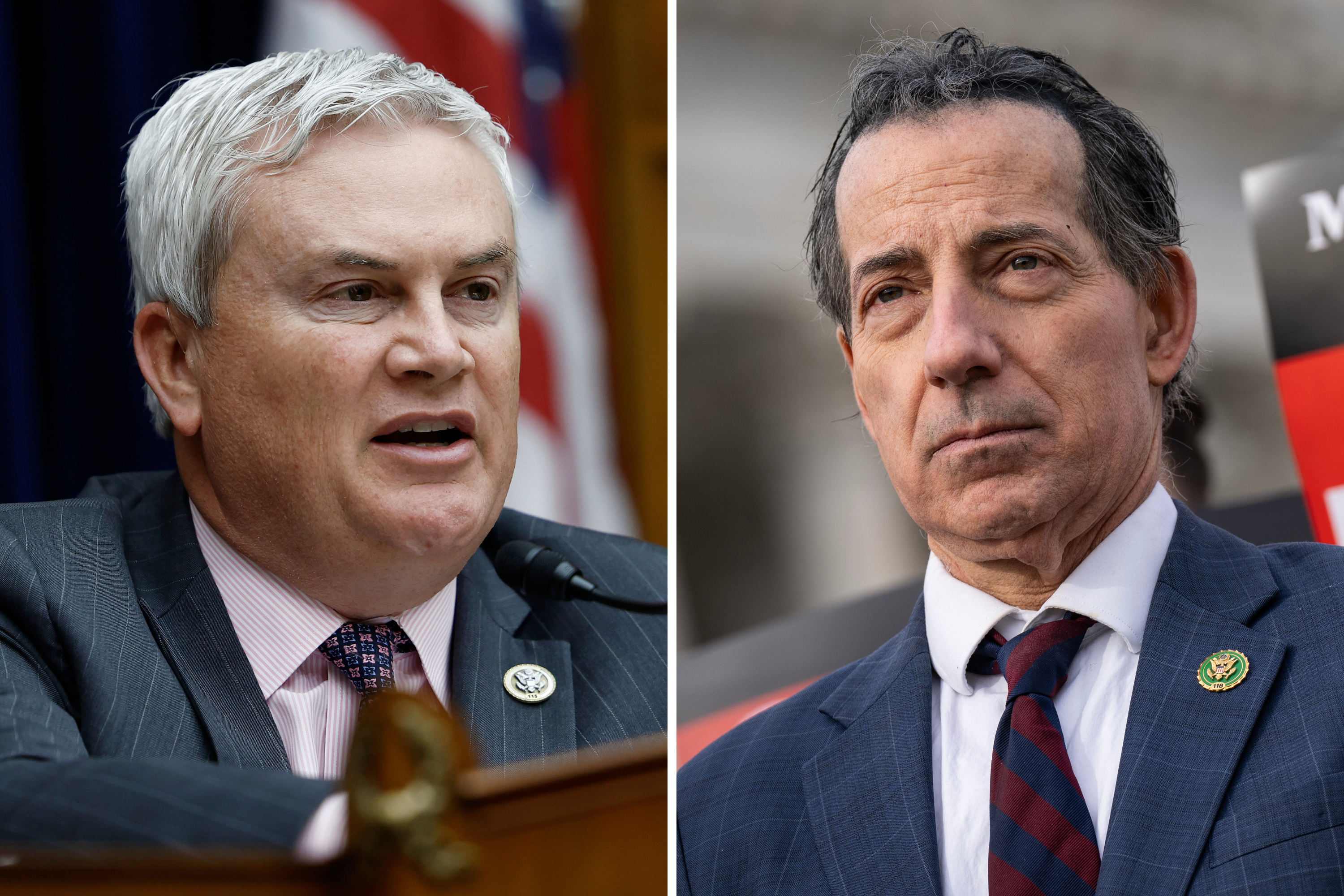This article first appeared on the Hoover Institution site.
The Supreme Court has just heard oral argument in the highly anticipated case of Gill v. Whitford on the constitutionality of political gerrymandering.
At issue is Wisconsin's Act 43, a state redistricting plan enacted by a Republican legislature in 2011, which allowed the GOP to capture both houses of the state legislature in the 2012 and 2014 elections by turning a Republican vote of under 50 percent into a near 60 percent majority in legislative seats.
But the act was then successfully challenged in federal district court before Wisconsin appealed to the Supreme Court.
In the case, the GOP relied on the familiar technique of partisan gerrymandering, long used by both parties, to fashion districts that force the opposition to "waste" its votes. The opposition racks up huge majorities in a small number of districts, enabling the controlling party to gain a larger number of seats by smaller majorities.
One measure of the effectiveness of this technique is the much debated "efficiency gap." As the challengers explain in their brief, that is "calculated by taking one party's total wasted votes in an election, subtracting the other party's total wasted votes, and dividing by the total number of votes cast." The greater the gap, the greater the imbalance of wasted votes between parties—and the more likely that the gerrymandering will give the controlling party influence greater than its share of the statewide popular vote.

The Justices agreed in oral argument that this bipartisan practice is deeply unsavory. But then disagreement quickly set in about whether any possible cure would be worse than the disease itself, as Wisconsin stoutly insisted in its brief that decried the want of predictable remedial standards.
Let a challenge succeed in one state, and similar challenges will be raised everywhere. Given the interdependence of district boundaries, changing one district could necessitate redrawing a state's entire map.
Gill hearkens back to Colegrove v. Green (1946) , where Justice Felix Frankfurter refused to redress major malapportionment in Illinois "because due regard for the effective working of our Government revealed this issue to be of a peculiarly political nature and therefore not meet for judicial determination." In other words, legislatures, not courts, have to fix this problem.
Frankfurter observed that striking down one bad plan would not put a better one in its place, so he declined "to enter this political thicket." Congress, he insisted, could secure redistricting if the state legislatures refused to heal themselves. Naturally, Congress never intervened.
Colegrove 's passive approach was repudiated decisively in 1962 in Baker v. Carr . There, Justice William Brennan, over a fierce Frankfurter dissent, leapt into action against an intransigent Tennessee legislature that since 1901 had refused to reapportion its districts after each decennial census despite large population shifts across districts within the state.
Baker held that the massive disparities in district size had "diluted" the voting power of the citizens in the underrepresented districts. To cure this problem, Brennan fashioned the "one person, one vote" rule under the Equal Protection Clause of the Fourteenth Amendment, which says simply that no state shall "deny to any person within its jurisdiction, the equal protection of the laws."
Baker ushered in a tumultuous period of massive legislative redistricting. But it was almost surely wrong as a matter of constitutional law. The Equal Protection Clause is an odd home for any claim about voting rights, as these rights are normally conferred only on citizens, not on all persons.
The Privileges or Immunities Clause of the Fourteenth Amendment—"No State shall make or enforce any law which shall abridge the privileges or immunities of citizens of the United States"— meets that objection, only to raise another.
The set of rights included under the opaque phrase "privileges or immunities" deals with voting rights only in "the elective franchise, as regulated and established by the laws or constitution of the state in which it is to be exercised," as stated in the key 1823 case of Corfield v. Coryell.
But this only gives people the right to vote under the existing law. It does not authorize either Congress or the federal courts to make any changes to state law.
A more comfortable home for the reapportionment project would have been the Guarantee Clause of Article 4, Section 4, which provides, "The United States shall guarantee to every state in the Union a Republican form of government." But here, too, the difficulties are legion.
In the 1849 case of Luther v. Borden, the Court held that the Clause was non-justiciable, meaning that it was not a proper subject for courts to deal with. But that does not render the Guarantee Clause in redistricting cases any more non-justiciable than the Equal Protection Clause.
The implications of the two clauses differ markedly in redistricting cases, for the Guarantee Clause does not support the "one person, one vote" remedy: a Republican government allows states to opt for multiple schemes of representation, chosen by different means, which the single efficiency gap measure ignores.
So even if the Guarantee Clause could block rampant malapportionment, it lets the states imitate the United States by using choosing its Senate by a different formula—a result blocked the Equal Protection Clause in 1964 in Reynolds v. Sims .
Today, no one wants to walk back on Baker . Whatever its doctrinal weaknesses, it used an intelligible and manageable remedy to address a patent political abuse. Ironically, its greatest flaw was that the remedy was too weak. With a bit of warning, states could find, as in Gill, clever ways to skew political representation within the one person, one vote framework, even using compact districts.
Baker 's weak constitutional foundations surfaced with renewed vigor in Gill . When Justice Neil Gorsuch asked the challengers what constitutional provision they relied on, he was met with a laconic response from Justice Ruth Bader Ginsburg: "Where did one person, one vote come from?"
Unfortunately, her response cuts not only against the Gorsuch query but also against Baker 's doctrinal shortcomings . It also puts Frankfurter's political thicket front and center, given that the remedial complications in Gill vastly exceed those in Baker , even as the anticipated gains are far smaller .
Wisconsin landed some body blows when it noted in oral argument that the constitutionally suspect imbalances did not occur only when political actors—of both parties—drew the maps. They also arose with "court-drawn maps, commission-drawn maps, bipartisan-drawn maps, including the immediately prior Wisconsin-drawn map."
That list exhausts all the known possibilities, leaving elusive the prospect of finding a perfectly neutral map.
The difficulties arise for several reasons. First, the political alignment of voters is not randomly distributed—Democrats tend to cluster in cities, while Republicans predominate in rural areas. Compact districts contain wasted votes. Upending the legislative map in Gill could result in irregular districts with odd shapes that cut across different communities, often with different local issues and preferences.
Second, it is difficult to stop the use of wasted votes and to keep in place the current prohibitions against racial gerrymandering. Thus in the 1993 case of Shaw v. Reno , U.S. Attorney General Janet Reno insisted that a North Carolina redistricting plan had to be drawn along grotesque geographical lines to allow the 20 percent black population to obtain two "majority-minority" districts out of the twelve districts in the state.
That revised scheme was promptly attacked by conservatives as a racial gerrymander. An obviously perplexed Justice Sandra Day O'Connor acknowledged that the district lines were blatantly drawn for racial reasons, but she then remanded the case for the District Court to "determine whether the North Carolina plan is narrowly tailored to further a compelling governmental interest." Shaw necessarily meant that some racial tailoring was permissible, without explaining just how much or why.
Today, no one knows how to balance inconsistent racial and political imperatives in states with large minority populations. And in those cases that have no significant racial dimension, it is unclear how far the remedial measures must go.
Must states eliminate the efficiency gap (or some other measure) entirely, or only reduce it to some as yet undefined, maximally permissible level? These are hard choices, precisely because both sides in the debate raise powerful arguments.
So where do matters stand? From the oral argument, it seems clear that the four liberal justices are prepared to jump head first into the political thicket and kick the case back to the district court to develop some kind of redistricting plan. In contrast, the four conservative justices will likely vote against striking down Wisconsin's redistricting program.
So it all comes down to the enigmatic Justice Anthony Kennedy. Early in the argument, he raised the possibility that the case was better understood as one involving associational freedoms protected by the First Amendment, and not as a traditional equal protection challenge. But that doctrinal switch accomplishes nothing because the remedial difficulties do not disappear if the Court conjures up an improbable violation of a different constitutional provision.
The case rightly creates immense unease on all sides. For the moment, I would side with the conservatives because the intervention is likely to lead us down the path of no return.
Richard A. Epstein, the Peter and Kirsten Bedford Senior Fellow at the Hoover Institution, is the Laurence A. Tisch Professor of Law, New York University Law School, and a senior lecturer at the University of Chicago.
Uncommon Knowledge
Newsweek is committed to challenging conventional wisdom and finding connections in the search for common ground.
Newsweek is committed to challenging conventional wisdom and finding connections in the search for common ground.
About the writer
To read how Newsweek uses AI as a newsroom tool, Click here.








